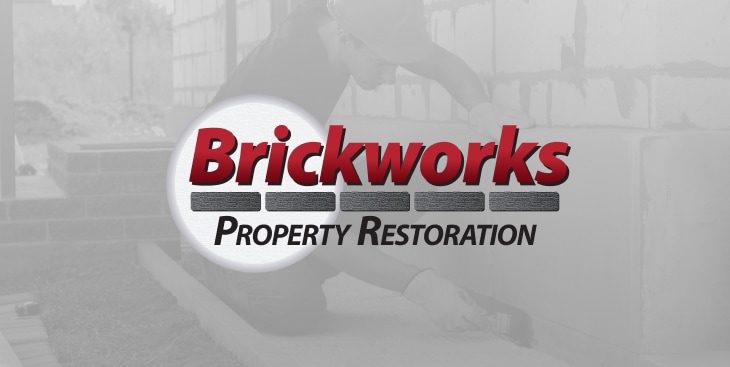

Tips And Tricks To Removing Efflorescence On Brick
One of the many appeals of a brick home is the classic appearance brick exteriors have. A brick house isn’t just a structurally sound building –– it also has a lot of aesthetic charm too. Unfortunately, certain stains and issues can arise that can tarnish the timeless look of a brick home. A very common type of brick stain is known as efflorescence. Efflorescence is salt deposit left on brick surfaces as a result of exposure to water. Don’t be fooled though –– even homes far away from salt-water bodies can be subjected to efflorescence. Fortunately, today we’re going to provide useful tips for preventing, identifying, and removing efflorescence on brick surfaces.
What Causes Efflorescence?
The short answer to this question is water. Because brick is porous, it is susceptible to water damage. When there is a surfeit of water in the soil around brick structures, water and water soluble salts can enter the microscopic gaps within bricks. Eventually, these salts will make their way to a brick surface and be left as a deposit after water evaporates.
Is Efflorescence a Serious Problem?
Efflorescence on its own won’t cause significant damage to a brick structure –– even if it is an eyesore. Yet, the mere presence of efflorescence could indicate an issue with drainage around a brick home. And, if ignored, water damage over time could lead to serious issues like foundation problems.
What Does Efflorescence Look Like?
Efflorescence appears as a white, chalky substance on the surface of bricks. (Unsurprisingly, it looks like salt.) It may feel loose at first, but it will harden over time.
How Can You Prevent Efflorescence?
Ideally, homeowners should seek to prevent efflorescence and other brick stains from forming in the first place. There are several ways to reduce the risk of efflorescence forming on your home.
First, install or repair your drainage system. If water collects on or near the base of your home, efflorescence could be the least of your worries down the line.
Second, ensure that your foundation doesn’t rest flush on top of soil. Failing to amend this issue will allow moisture and water soluble salts to infiltrate the structure directly.
Third, apply a brick sealant to protect your exteriors. Note, make sure that you’re using a sealant that allows bricks to “breathe” and that doesn’t trap water particles underneath. Such sealants could actually make the problem worse.
Removing Efflorescence
Time is a big factor for those looking to remove efflorescence on their own. If you’re able to spot efflorescence soon after it forms, you may be able to remove it by power washing your brick exterior. (Word to the wise: excessive power washing in and of itself isn’t great for brick walls, so use this approach sparingly.)
If, however, the efflorescence has hardened, you probably won’t be able to remove it with just water. In this instance, homeowners can remove efflorescence stains using a muriatic acid solution and by scrubbing thoroughly. Remember, you should always use safety goggles and gloves when using cleaning materials like these.
The Bottom Line
The best approach to removing efflorescence is to contact the Brickworks team for assistance. Not only will we be able to treat and remove the stains efficiently and effectively, but we’ll also examine your home to ensure you’re not facing any serious water damage issues. A check-up now could save you thousands down the line. Call us today at 586-868-3234 if you’ve experienced efflorescence or similar stains –– we’re ready to help protect your home!
Contact Us
Contact Us Today


We're Built on a Foundation of Excellence
Check Out Our Awards & Certifications
- Angi Super Service Award 2023
- Nextdoor Neighborhood Favorite 2023
- A+ Better Business Bureau Rating
- Certified by the Environmental Protection Agency
- Certified Chimney Sweep

